1、 Curing method
1. Temperature: the most suitable range for its growth is 15 to 20 degrees, because it is suitable for growing in warm places. Its cold resistance is not good, so it may be frostbitten under the environment of less than five degrees, so it needs to be adjusted
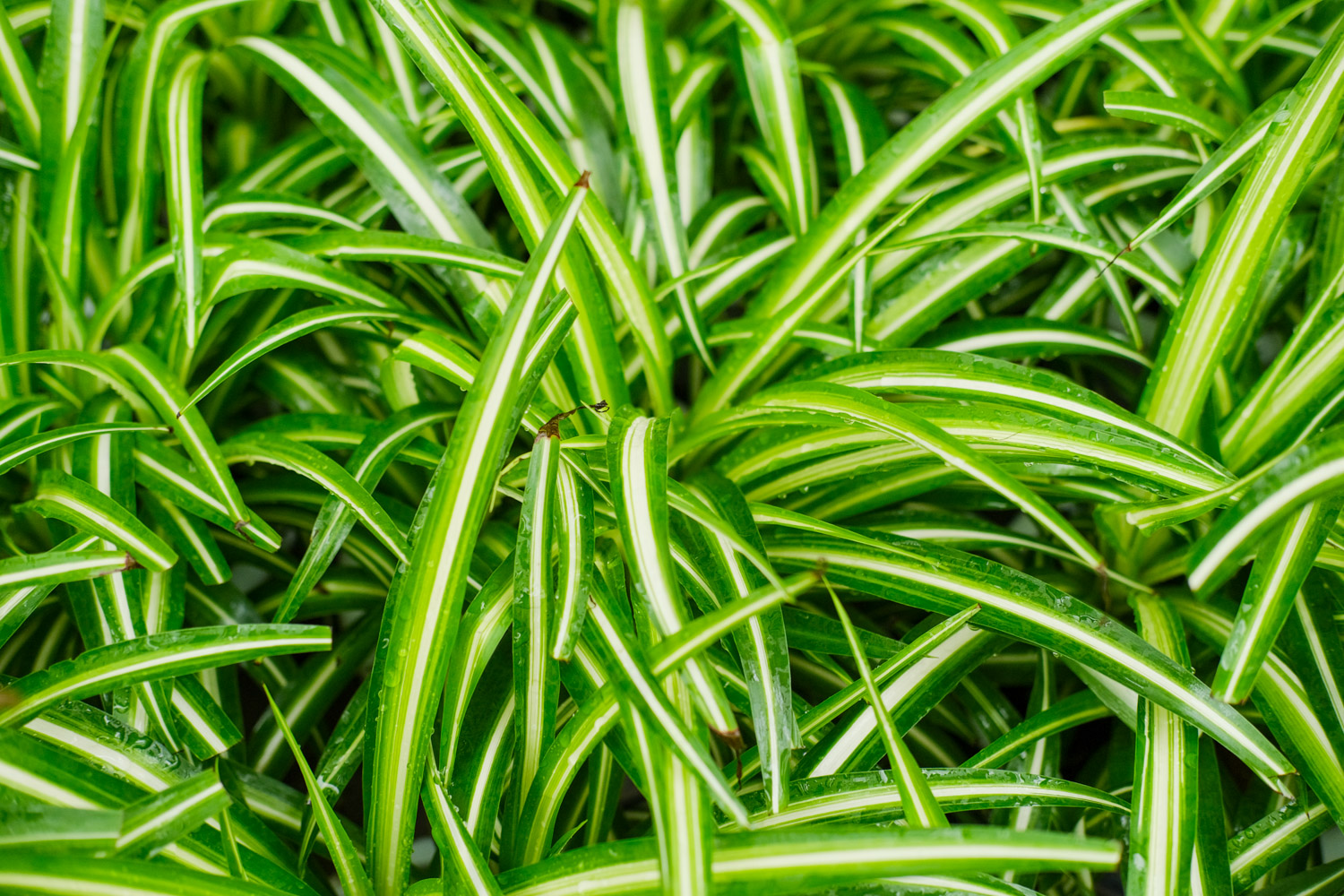
2. Light: the demand for light is not too high. In medium light, it will grow better. It can also resist weak light, but there must be no strong light. Generally speaking, if you breed indoors, the intensity of light is generally not too large. You can put it in a place with good light

3. Watering: Chlorophytum likes humidity, but its drought resistance is also relatively strong, and its waterlogging resistance is not very good. The amount of watering can be adjusted according to the season and its growth rate. We must keep it moist in the growing season, but we can't pour more water in winter. Try not to accumulate water

4. Fertilization: due to its good adaptability, the requirements for nutrients are not particularly strict. The soil with more nutrition can be selected. Usually, the topdressing is not too much, but once a month. If the growth is slow, you can use more
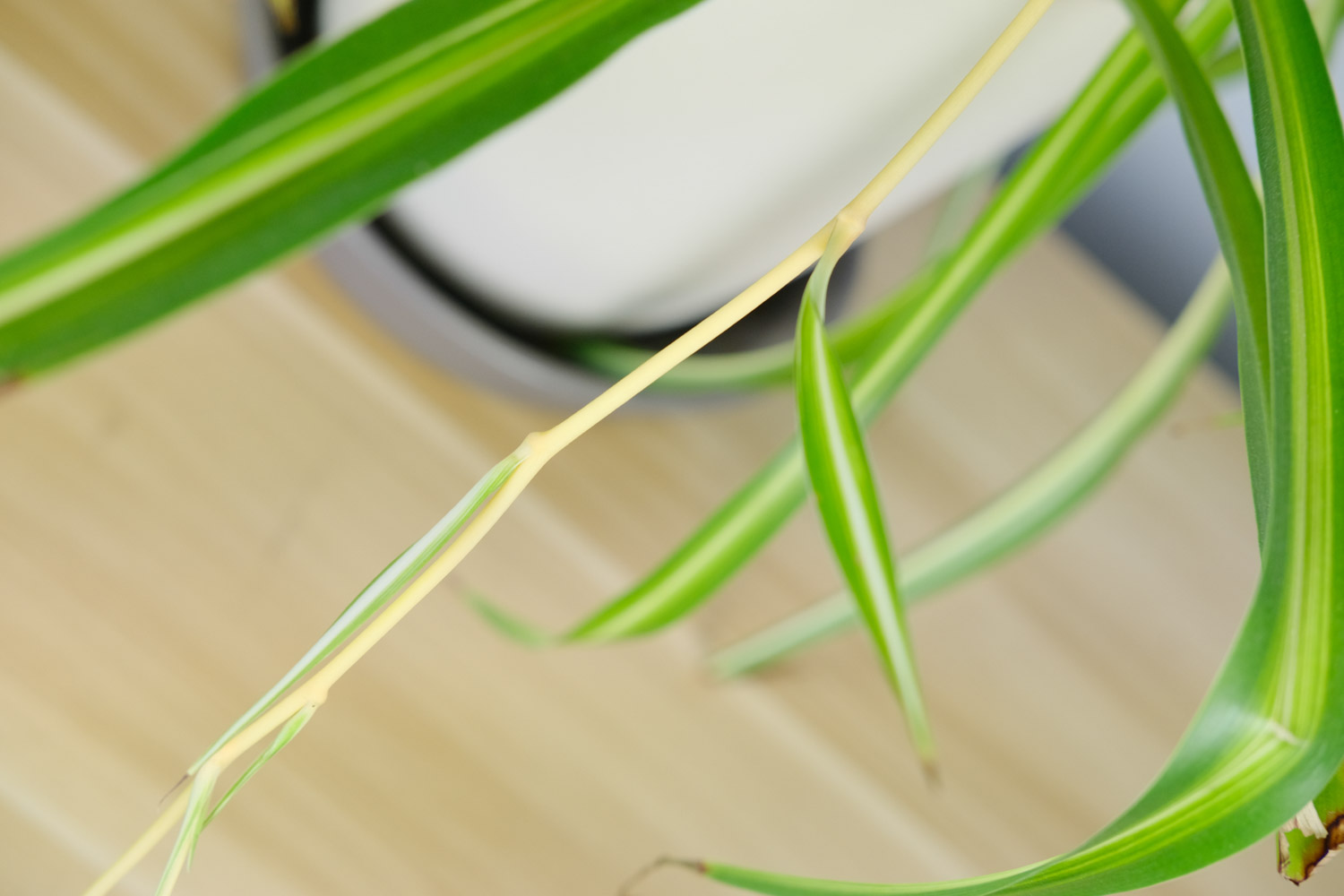
2、 Breeding skills
1. Propagation: cutting can be used. From spring to autumn, it can be carried out as long as the temperature is appropriate. Select the clustered stems and leaves on its stolon, with leaves on the top and aerial roots below. After cutting it off, plant it directly. Water thoroughly after planting, and then put it in a cool place
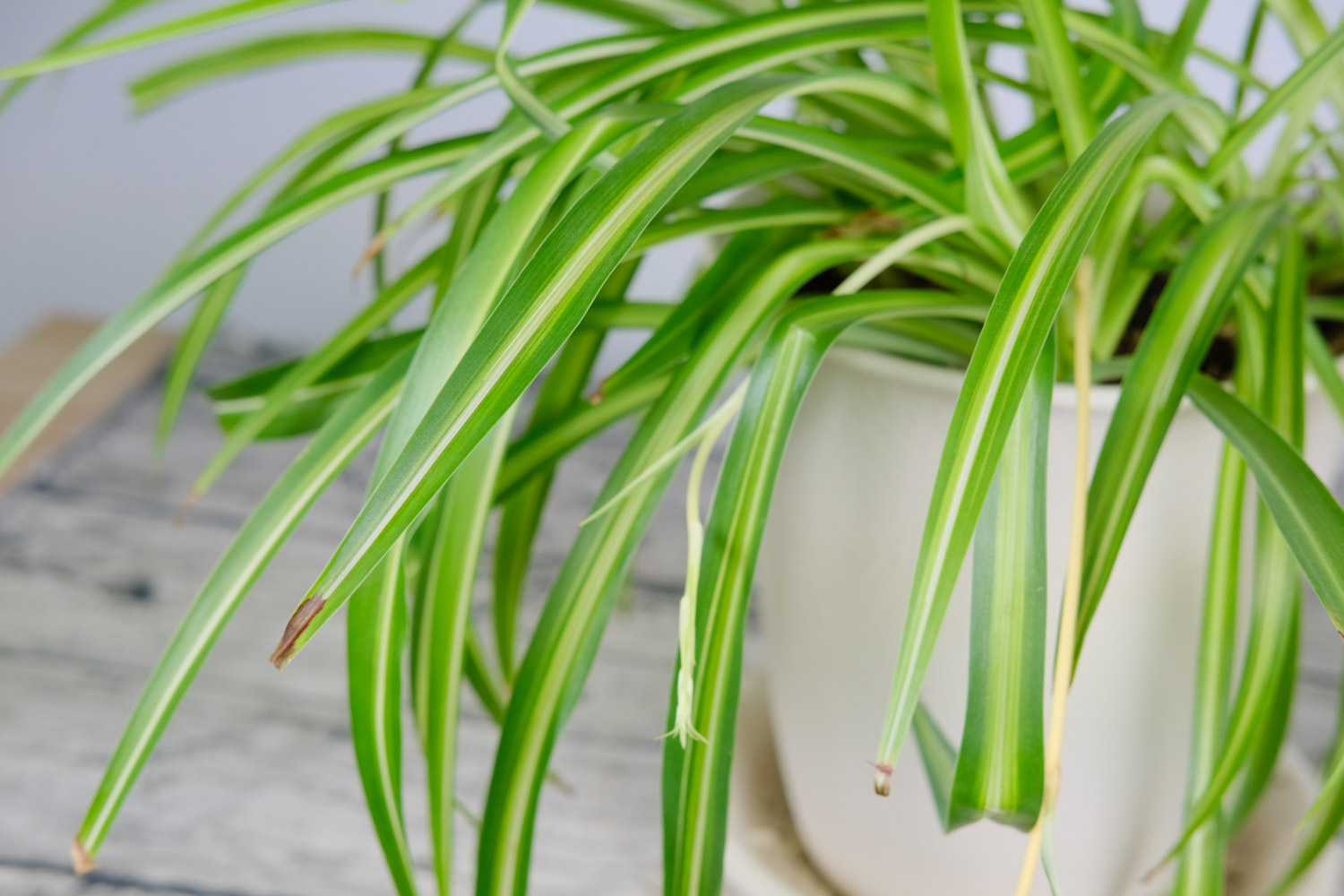
2. Pruning: the pruning of Chlorophytum is also very important, because it grows vigorously, and there are often some dense and messy leaves, which need to be pruned. In addition, even its yellow leaves have to be cut off in time. In addition, while changing pots, pruning is for its roots
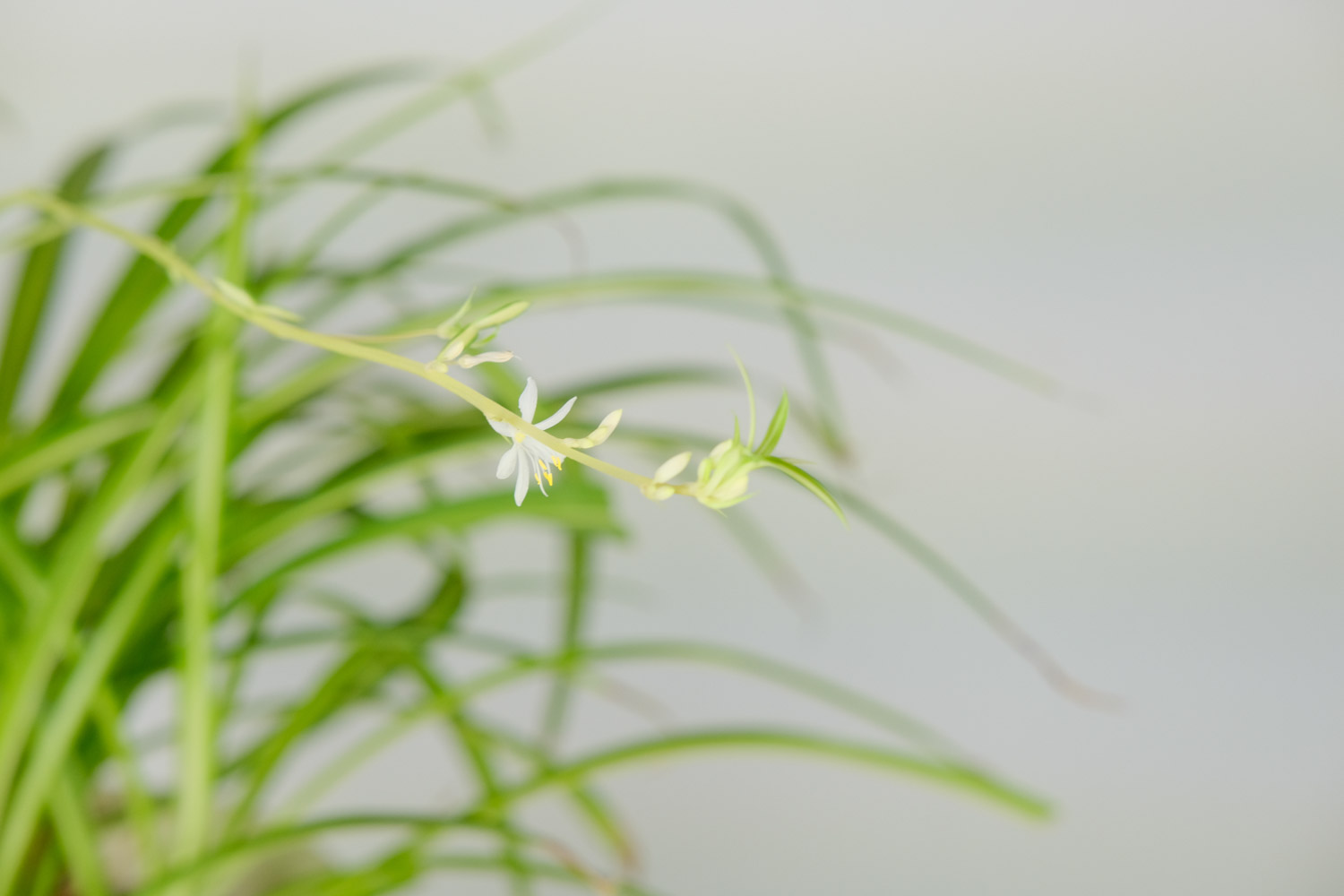
3、 Problem diagnosis and treatment
1. Diseases: there are not many kinds. After watering too much or being drenched by rain, it is easy to appear a disease called "root rot". Water control and ventilation can be used to repair rotten roots
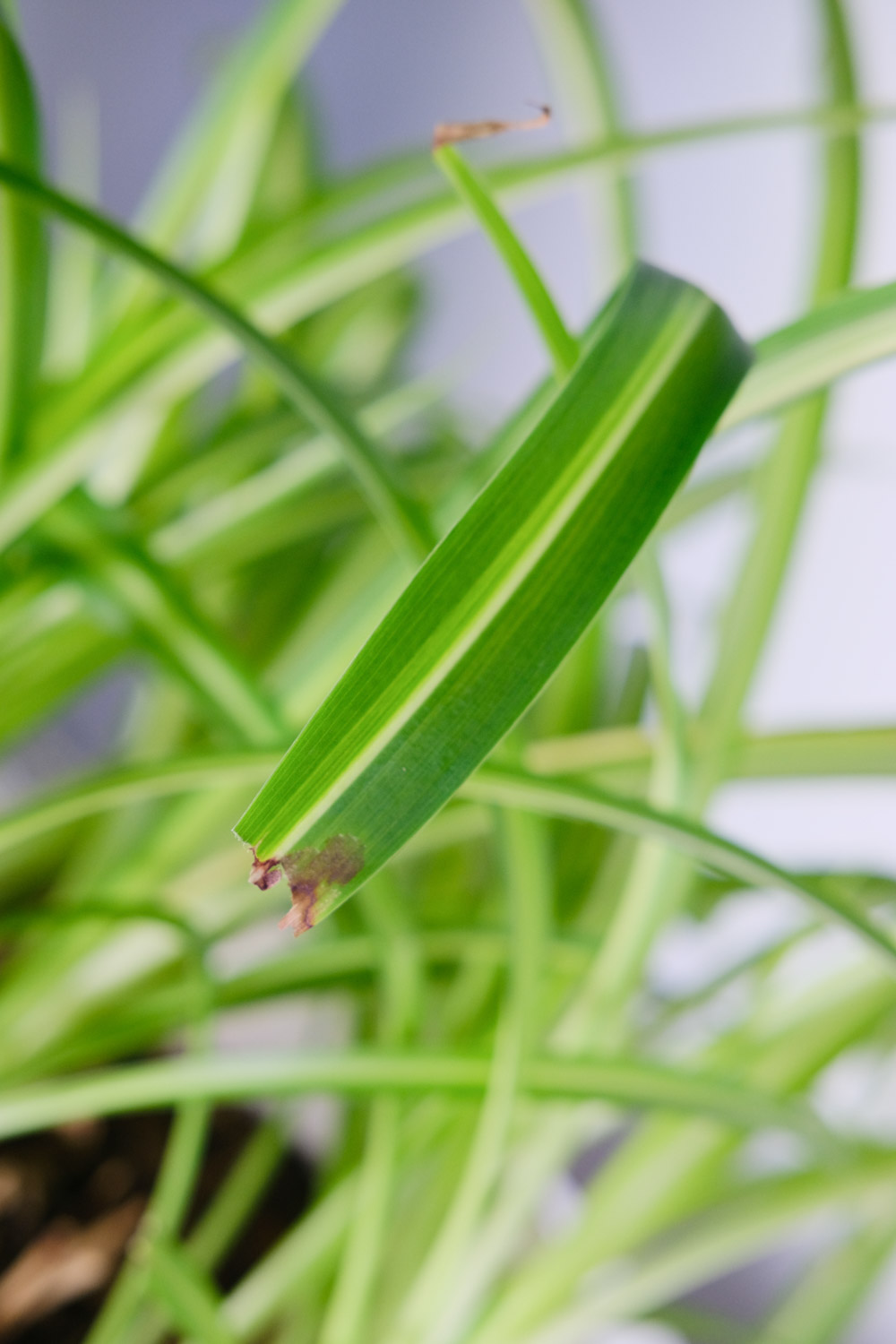
2. Insect pests: there are many insect pests, such as "scale insects", with a very high frequency. It can be sprayed in time, once a week
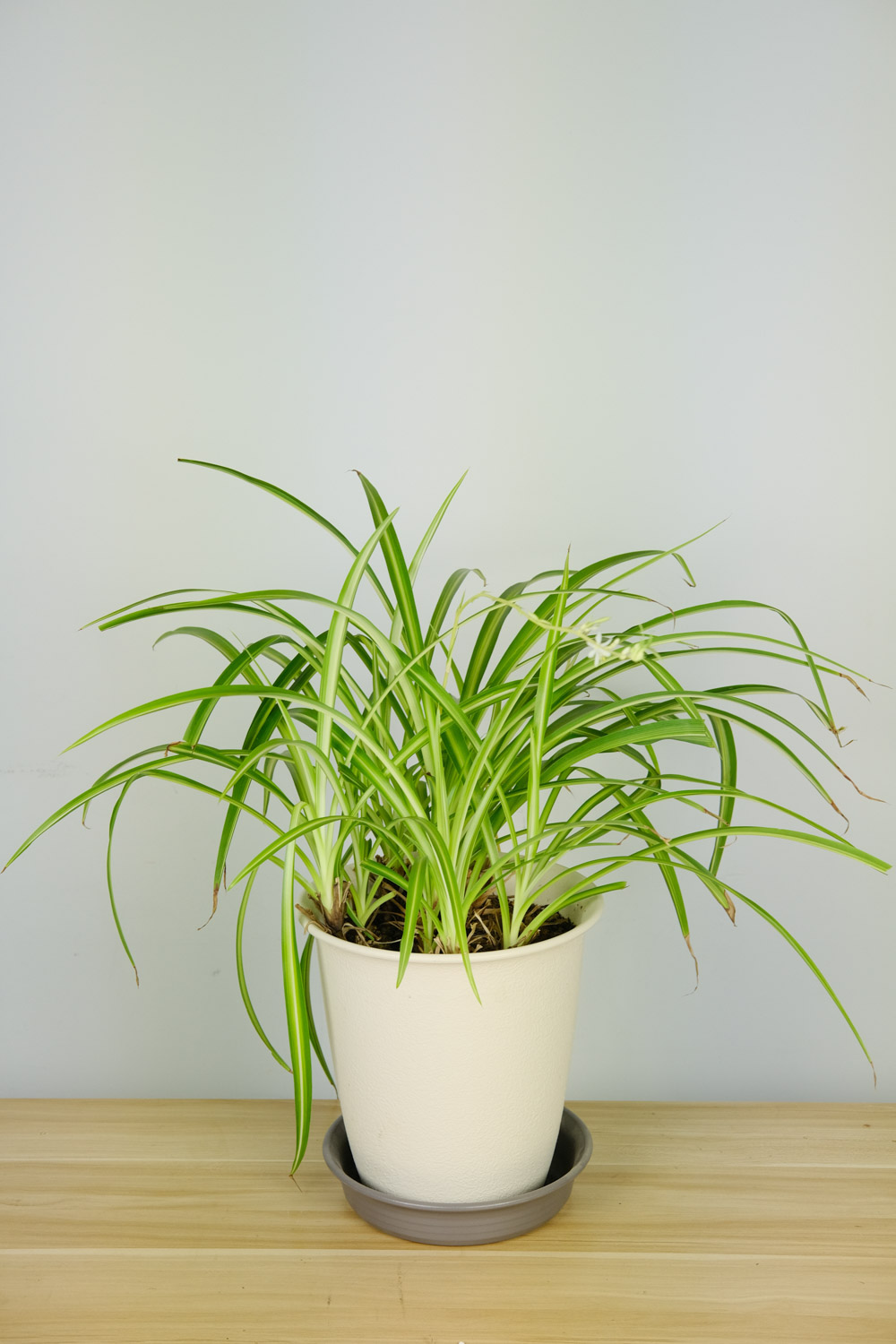
4、 Other issues
1. Toxicity: Chlorophytum is non-toxic. Moreover, Chlorophytum is generally highly purified, and so is Chlorophytum with colored leaves

2. Whether it can be raised at home: Yes, it can be viewed and purified. It has many benefits< a>
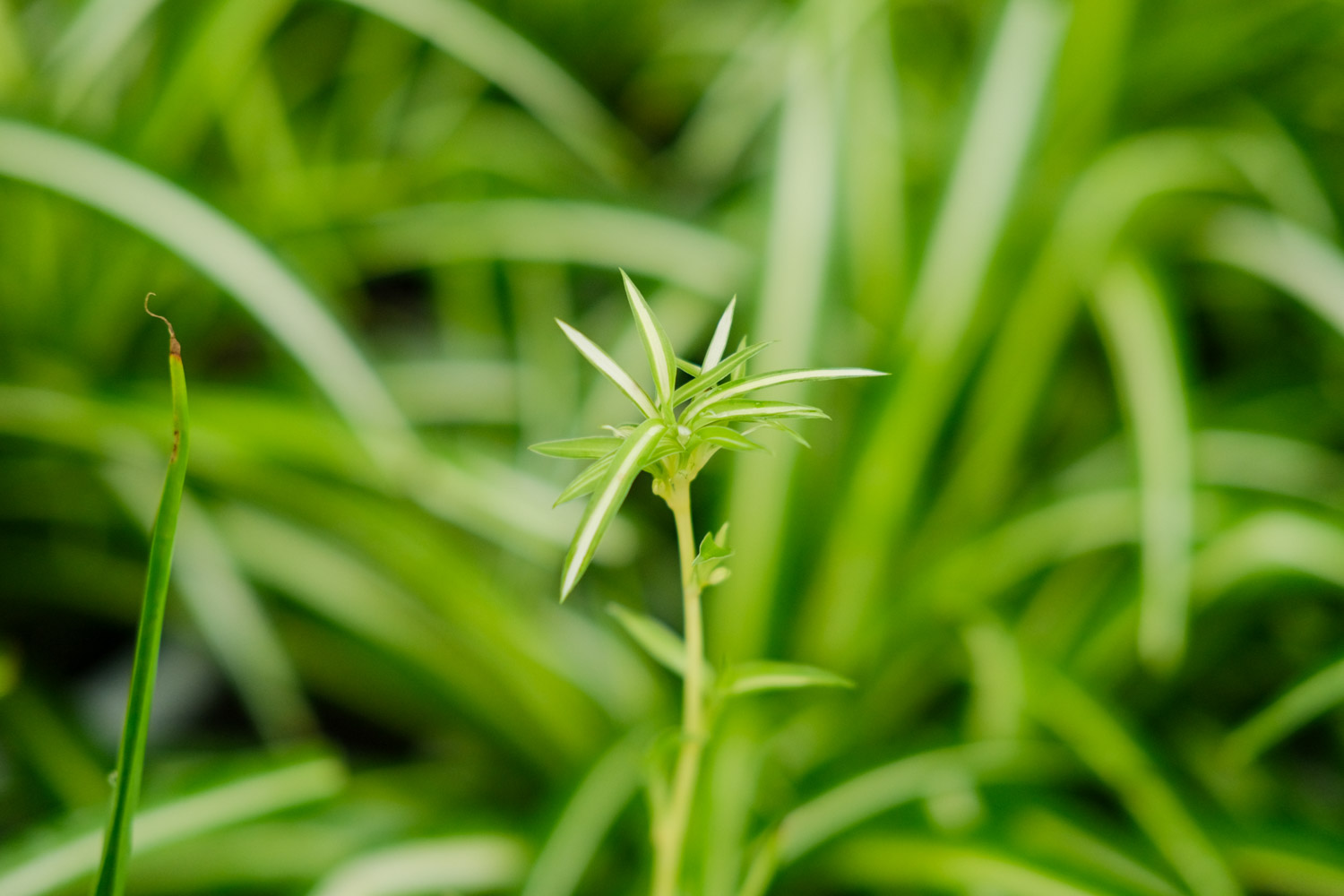

 how many times do yo...
how many times do yo... how many planted tre...
how many planted tre... how many pine trees ...
how many pine trees ... how many pecan trees...
how many pecan trees... how many plants comp...
how many plants comp... how many plants can ...
how many plants can ... how many plants and ...
how many plants and ... how many pepper plan...
how many pepper plan...
































